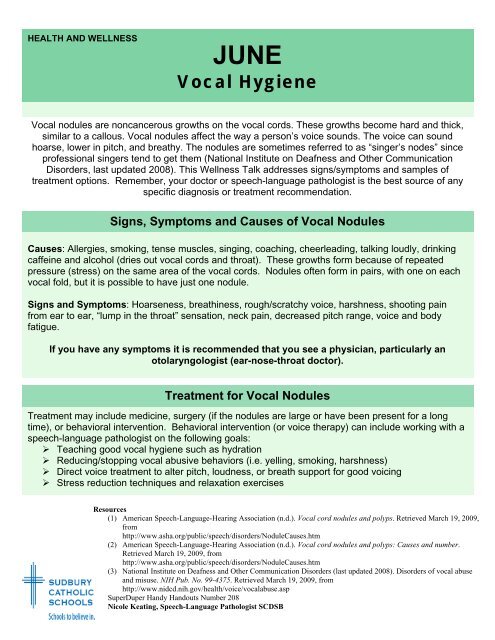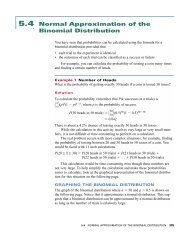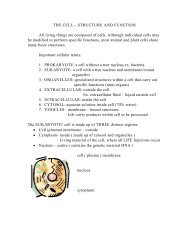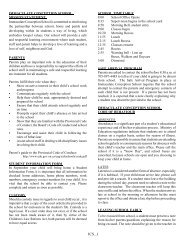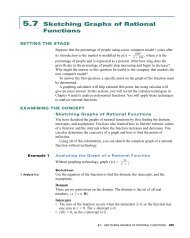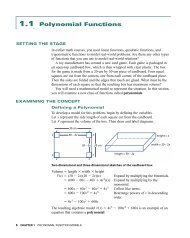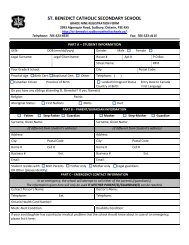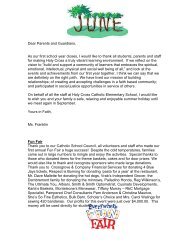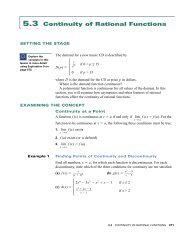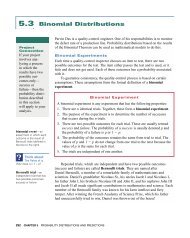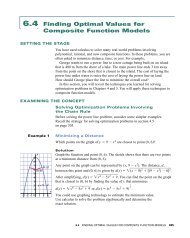June: Vocal Hygiene
June: Vocal Hygiene
June: Vocal Hygiene
Create successful ePaper yourself
Turn your PDF publications into a flip-book with our unique Google optimized e-Paper software.
HEALTH AND WELLNESSJUNE<strong>Vocal</strong> <strong>Hygiene</strong><strong>Vocal</strong> nodules are noncancerous growths on the vocal cords. These growths become hard and thick,similar to a callous. <strong>Vocal</strong> nodules affect the way a person’s voice sounds. The voice can soundhoarse, lower in pitch, and breathy. The nodules are sometimes referred to as “singer’s nodes” sinceprofessional singers tend to get them (National Institute on Deafness and Other CommunicationDisorders, last updated 2008). This Wellness Talk addresses signs/symptoms and samples oftreatment options. Remember, your doctor or speech-language pathologist is the best source of anyspecific diagnosis or treatment recommendation.Signs, Symptoms and Causes of <strong>Vocal</strong> NodulesCauses: Allergies, smoking, tense muscles, singing, coaching, cheerleading, talking loudly, drinkingcaffeine and alcohol (dries out vocal cords and throat). These growths form because of repeatedpressure (stress) on the same area of the vocal cords. Nodules often form in pairs, with one on eachvocal fold, but it is possible to have just one nodule.Signs and Symptoms: Hoarseness, breathiness, rough/scratchy voice, harshness, shooting painfrom ear to ear, “lump in the throat” sensation, neck pain, decreased pitch range, voice and bodyfatigue.If you have any symptoms it is recommended that you see a physician, particularly anotolaryngologist (ear-nose-throat doctor).Treatment for <strong>Vocal</strong> NodulesTreatment may include medicine, surgery (if the nodules are large or have been present for a longtime), or behavioral intervention. Behavioral intervention (or voice therapy) can include working with aspeech-language pathologist on the following goals:‣ Teaching good vocal hygiene such as hydration‣ Reducing/stopping vocal abusive behaviors (i.e. yelling, smoking, harshness)‣ Direct voice treatment to alter pitch, loudness, or breath support for good voicing‣ Stress reduction techniques and relaxation exercisesResources(1) American Speech-Language-Hearing Association (n.d.). <strong>Vocal</strong> cord nodules and polyps. Retrieved March 19, 2009,fromhttp://www.asha.org/public/speech/disorders/NoduleCauses.htm(2) American Speech-Language-Hearing Association (n.d.). <strong>Vocal</strong> cord nodules and polyps: Causes and number.Retrieved March 19, 2009, fromhttp://www.asha.org/public/speech/disorders/NoduleCauses.htm(3) National Institute on Deafness and Other Communication Disorders (last updated 2008). Disorders of vocal abuseand misuse. NIH Pub. No. 99-4375. Retrieved March 19, 2009, fromhttp://www.nidcd.nih.gov/health/voice/vocalabuse.aspSuperDuper Handy Handouts Number 208Nicole Keating, Speech-Language Pathologist SCDSB
Topic: <strong>Vocal</strong> <strong>Hygiene</strong>HEALTH AND WELLNESSParticipation FormSchool/Facility:Date:Employee Name (Print):Employee Signature:


